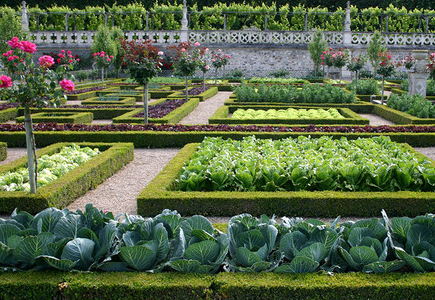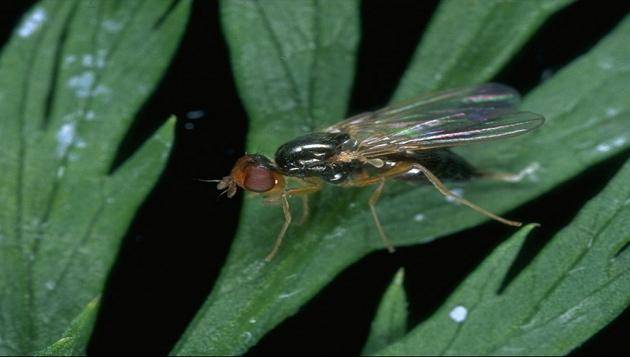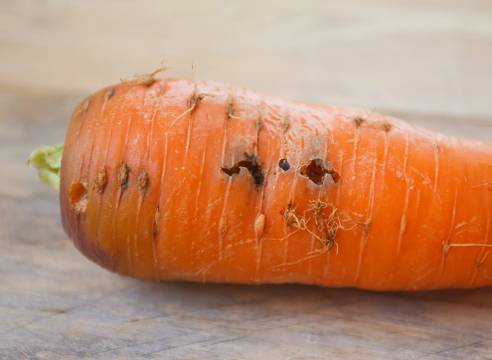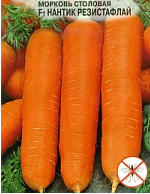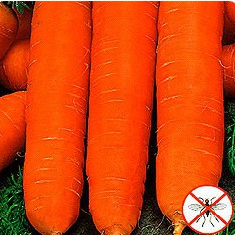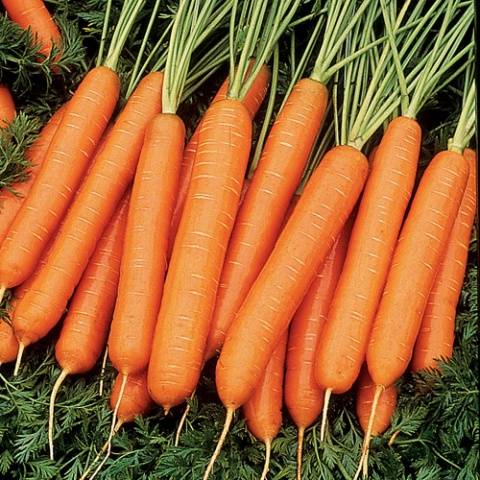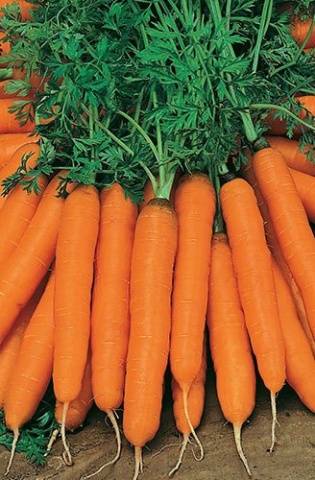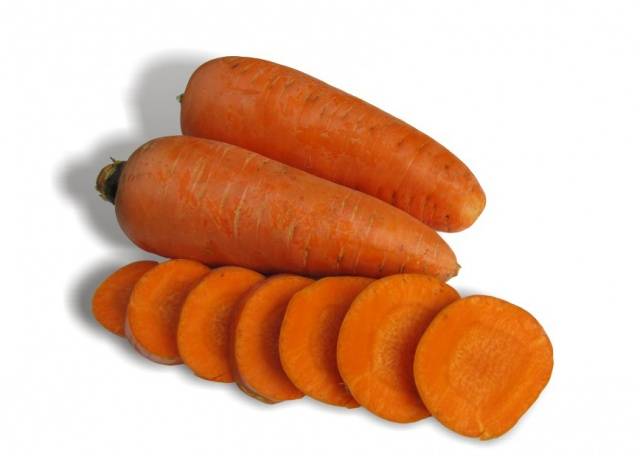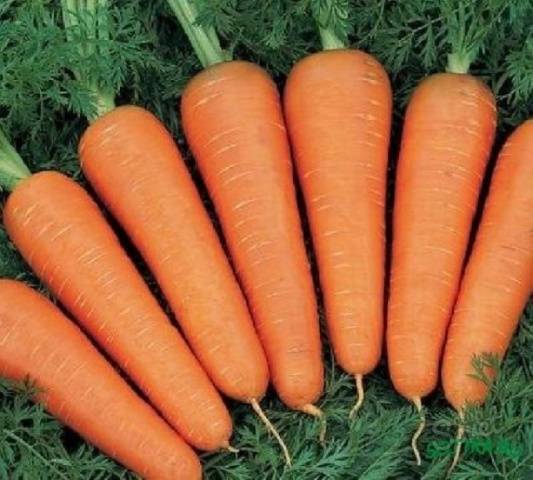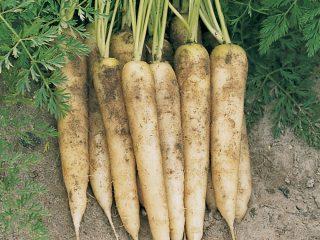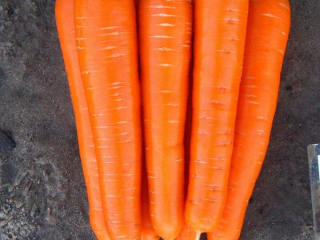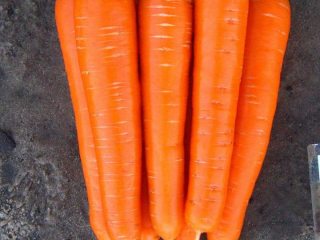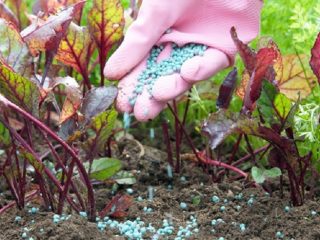Content
Among the everyday worries of gardeners and gardeners, there are both pleasant and unpleasant worries. And the latter bring their negative aftertaste to the feeling of joy from all the garden acting. Such not-so-joyful worries include the fight against various pests of cultivated plants. The main postulate of this struggle is the desire not to harm the general ecological situation of the entire garden.
It is not difficult to defeat all living things in a cultural area. Modern means of chemical and biological plant protection allow this. But how great will be the benefit from this - both for the quality of the harvest and for the health of the wrestler himself? If you exterminate the Colorado potato beetle, moth or carrot fly, then bees, bumblebees and other beneficial insects will be exterminated. There is a high probability of residues of applied pesticides entering the body of people located on the site.
Theoretical foundations of garden pest control
A zealous gardener does not have many methods at his disposal to combat pests of cultivated plants.The task comes down to the fact that it is necessary to choose not only the most effective of them, but above all the safest and most economically justified. For clarity, it is convenient to use the example of confronting a carrot fly. After all, climatic conditions are not as terrible for carrots as this harmful insect, which is capable of producing 2 full-fledged offspring per season.
It is not the fly itself that attacks root crops. Her larvae specialize in this, but she is the initiator. Having flown out en masse in May, the fly immediately begins laying numerous eggs on young carrot shoots and the ground around it. This is how the carrot fly cycle begins in carrot beds. It is at this time that she should already feel that a struggle has begun with her:
- chemical method. It is understandable to want to use this method as little as possible, but it is simply impossible to completely abandon it. The greatest effectiveness is demonstrated by such drugs as the popular “Decis”, advertised in the “Aktara” forums, and “Fitoverm”, no less famous among gardeners. All drugs do not reduce their activity within 20 days and are not washed out during watering. By destroying the larvae in the first twenty minutes, these insecticides prevent their development for a long time. But root vegetables can be used for cooking or raw no earlier than after 20 days; 333
- somewhat less effective, but much safer traditional methods wars with carrot flies. They involve the use of various infusions of ash, nettle, tobacco dust or tomato tops. All these infusions are used with the addition of a soap solution for better retention on the plant.It is better to carry out treatment in the evening and morning hours at least 3 times;
- biological deterrence. Of course, we are talking about the feathered inhabitants of garden plots, insects that are enemies of the carrot fly - ground beetle, lacewing, scolius wasp and, of course, ladybug. Planting among beds of carrots, calendula or marigolds will not only repel the carrot fly, but will also attract its enemies - ichneumonids. In addition, these are pathogenic bacteria for many pests - “Bitoxibacillin”, “Dendrobacillin”, “Lepitotsid”. They must be used in accordance with the instructions for the drug;
- creating unbearable living conditions, due to the selection of carrot varieties resistant to carrot fly;
- by strictly observing the agrotechnical parameters of the selected variety. Exceptions to the practice of preparing beds for carrots, using fresh manure. Place carrots in well-lit and ventilated beds without thickening. Placing rows of onions and garlic in carrot plantings. Compliance with recommended crop rotation. The use of low barrier structures;
- prevention and strengthening the immunity of the plant itself through various feedings.
Often it is in the complex method of struggle that maximum success lies.
Selecting fly-resistant carrot varieties
There are no carrot varieties that are completely resistant to this voracious insect. It is ready to defeat at least all varieties of carrots at once, even selectively. It’s just that she likes some of them better, while she simply doesn’t like others.Seed organizations, when advertising various varieties of carrots, indicate their resistance to various diseases. But they all constantly avoid mentioning the relationship of the advertised variety to the carrot fly.
More recently, a carrot variety has appeared, on the seed packet of which there is an icon with a carrot fly crossed out. The remaining varieties can be judged only by indirect signs, since it has long been known what the carrot fly likes and what it tolerates, but with difficulty. She treats which odors as attractants, and which as repellents. Their ratio determines her predilection for a particular variety.
Each variety is resistant in its own way
Since the degree of plant resistance to carrot fly can be quite easily adjusted in numerous ways, taste and yield are of a purely individual nature. With a fair degree of certainty, we can say that the latter characteristics will be of paramount importance when choosing a carrot variety. And only under other equal conditions will the choice be made in favor of a variety with better resistance to carrot flies.
The mechanism by which the variety is attractive to the carrot fly has been sufficiently studied. The more carrots contain chlorogenic acid, the more energetically the fly is interested in this variety. At the same time, the increased content of carotene and various sugars is perceived with obvious disgust by its larvae. Therefore, a carrot variety that is resistant to carrot fly should contain the maximum amount of carotene and sugars with a minimum content of chlorogenic acid in the tops.
By comparing these indicators, several carrot varieties with relatively high resistance to this pest were identified:
"Nantik Resistafly"
This is exactly the variety for which the carrot fly has the maximum aversion. This is due to the high content of carotene and extremely low (up to 2 mg/100 g) chlorogenic acid in the tops. It is surprisingly tasty and its yield reaches 9 kg/m2. The root vegetable is a beautiful, orange color, weighing more than 100g. Its length reaches 160 mm and its diameter is close to 35 mm. The shape of the root crop is cylindrical with a very small core. Nantik Resistafly carrots are good fresh, but can be stored well.
"Nantes 4"
The growing season lasts from 80 to 110 days. The length of the root crop approaches 170 mm, and its diameter is no more than 20 mm. It has a pleasant orange color, which in the area of the head turns into purple. Productivity – close to 6.6 kg/m2. It has a pleasant taste and excellent consumer characteristics. Not affected by rot and mold during storage. Resistant to color fade. Retains its original characteristics for a long time. Due to the high content of carotene (more than 6.5 mg) and sugars (up to 8.5%), it is suitable for baby and dietary food;
"Amsterdam"
The growing season is no more than 80 days. The root vegetable has a cylindrical, smooth fruit of orange color. Its dimensions reach a length of 200 mm, with a diameter of 40 mm. The weight of one root vegetable reaches 150 g. The pulp is of good taste, juicy and tender, with a very small core. Productivity is approaching 6.0 kg/m2. These carrots are not intended for long-term storage.
"Chantaney"
The growing season of the plant is approaching 140 days.The fruit has a smooth, conical shape, 160 mm long, orange in color, turning into red. The weight of many root crops exceeds 200 g. At the same time, the yield of the variety reaches 8.5 kg/m2. Surprisingly juicy fruits have a good taste and pleasant aroma, which is natural with a high content of carotene and sugars (14 mg and 7%, respectively). The variety is resistant to various carrot diseases and is not prone to flowering or stemming. Has universal application;
"Calgary F1"
The growing season is no more than 130 days. The root crop has an elongated conical shape with a blunt, slightly rounded tip. The length of some fruits exceeds 230 mm. and diameter – 50 mm. They have an attractive orange color and have good taste characteristics. The yield of this variety sometimes exceeds 7 kg/m2. Has a universal purpose. Well kept. Excellent resistance to cracking and discoloration.
"Losinoostrovskaya 13"
The growing season of this variety is no more than 115 days. It has a beautiful, cylindrical shape of juicy fruits of orange, rich color. Their size reaches 200 mm in length and weighs 170 g. This variety is not too demanding on soil, but requires increased watering. Its yield can reach 8 kg/m2. It has excellent (thanks to carotene and sugars) taste characteristics. The variety is extremely resistant to flowering and many diseases.
Conclusion
The absence of a large, fragrant cloud of chlorogenic acid will not greatly attract the pest, especially if the plantings are well ventilated.
Once again, it is necessary to recall that there are no varieties of carrots that are completely immune to attack by the carrot fly. There are varieties that are unattractive to her. This is the initial link that allows, with proper agricultural technology, to get rid of its harmful attacks. Only then will the zealous gardener have a rich harvest of carrots.
